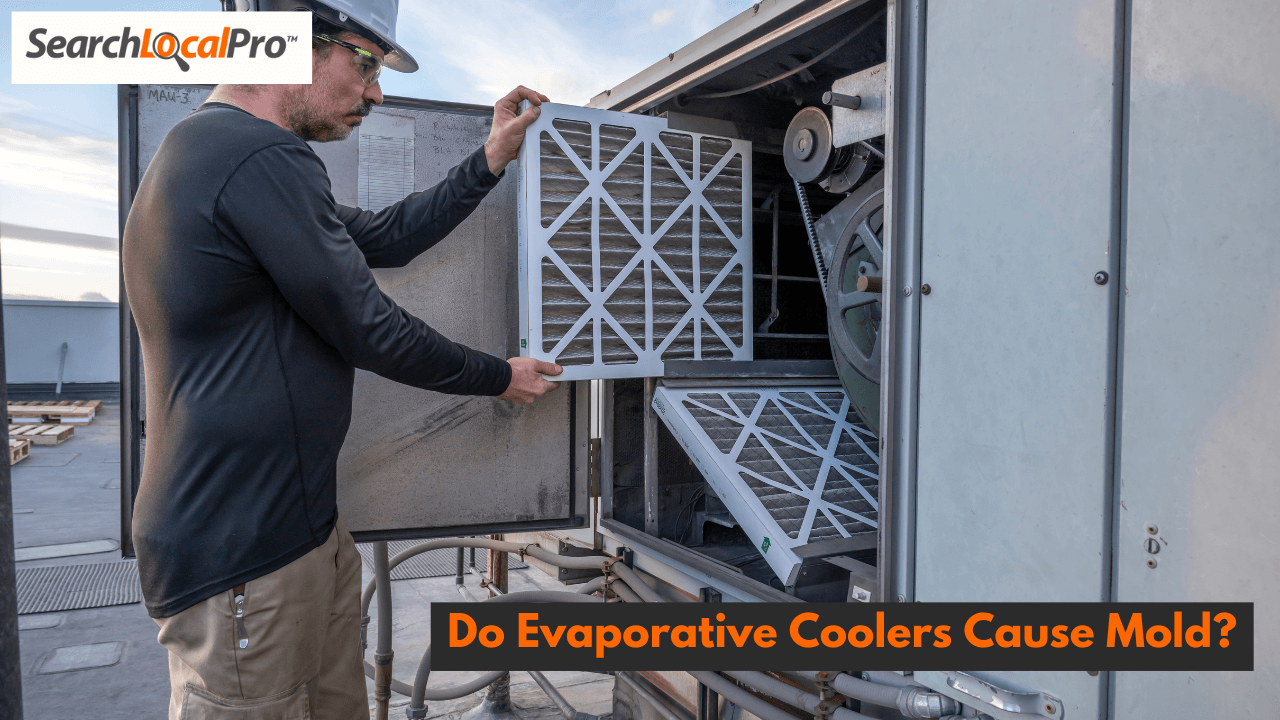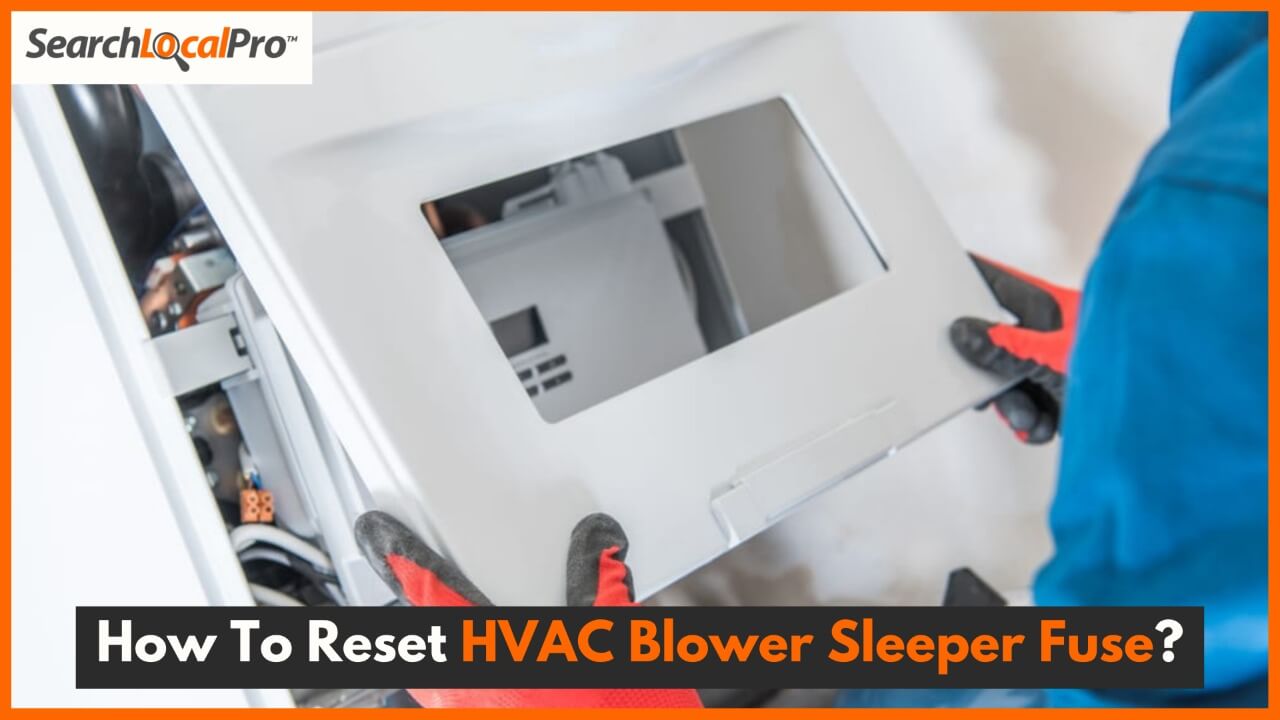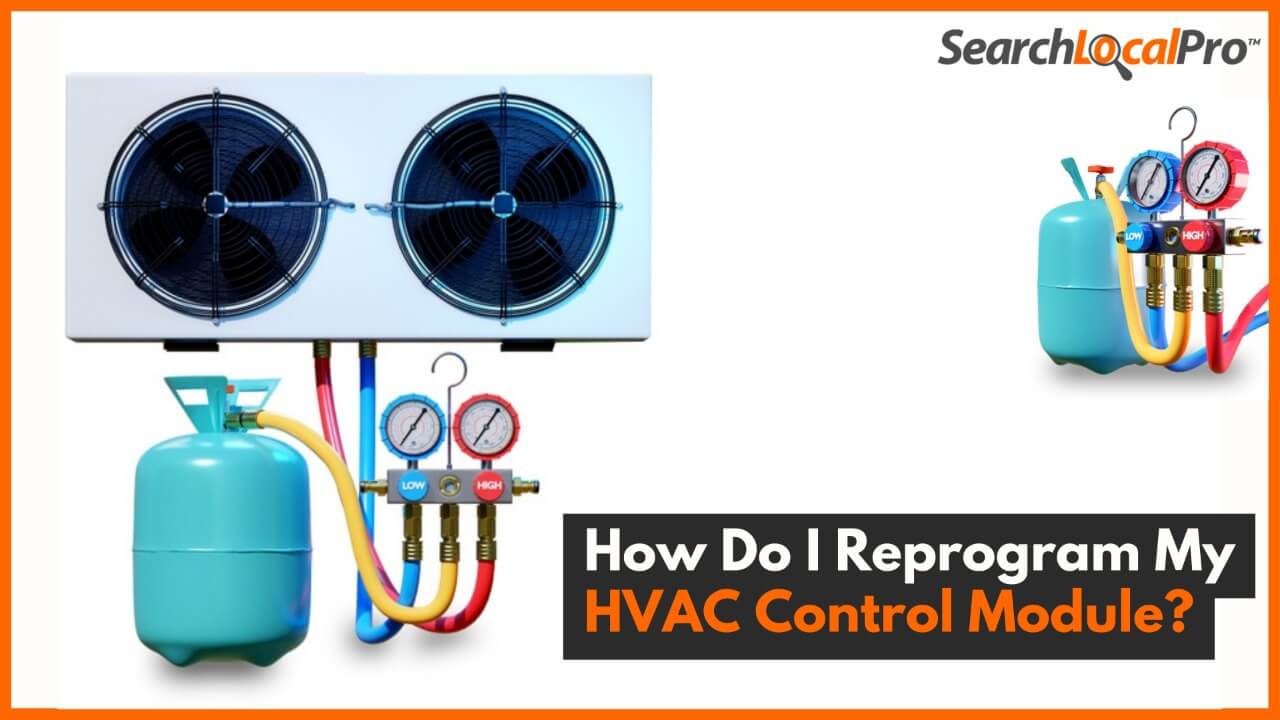Evaporative coolers, also called swamp coolers, are popular for cooling homes, especially in dry climates. They rely on water evaporation to cool the air, providing an energy-efficient alternative to traditional air conditioning. However, their ability to add moisture to the air raises concerns about mold growth. So, do evaporative coolers cause mold?
In this article, we’ll explore how evaporative coolers work, their pros and cons, and actionable tips to prevent mold. Backed by expert advice and research, you’ll learn how to maintain your cooler effectively and keep your home mold-free.
What Are Evaporative Coolers?
Evaporative coolers lower indoor temperatures by harnessing the cooling power of water evaporation. Here’s how they work:
- Air Intake: Warm outdoor air is drawn into the unit.
- Water Soaking: Pads inside the cooler are soaked with water.
- Evaporation Process: The warm air passes through the pads, evaporating water and cooling the air.
- Cool Air Delivery: A fan pushes the cooled air into your home.
Key Features of Evaporative Coolers
- Energy Efficiency: They consume about 75% less energy than traditional air conditioners.
- Eco-Friendly: They don’t use refrigerants that contribute to greenhouse gas emissions.
- Cost-Effective: Installation and operation are often more affordable compared to AC systems.
Expert Insight
According to a report by the U.S. Department of Energy, evaporative coolers work best in hot, dry climates where relative humidity levels are below 60%. However, high humidity reduces their efficiency and increases mold risks.
Pros & Cons of Evaporative Coolers
Evaporative coolers offer several benefits, but they also come with challenges.
Pros
- Lower Energy Bills: They are more cost-efficient than central air conditioning.
- Eco-Friendly Cooling: No harmful refrigerants mean a smaller carbon footprint.
- Air Freshening: Constant airflow can improve air quality by pushing out stale air.
- Adds Moisture: Beneficial for skin and respiratory health in arid climates.
Cons
- Damp Indoor Air: Increases humidity, which can feel uncomfortable in some regions.
- Maintenance Requirements: Pads, ducts, and water pans need regular cleaning.
- Limited Climate Suitability: Less effective in humid climates, where added moisture can encourage mold.
- Mold Risk: Improper care can create ideal conditions for mold growth.
Expert Advice: Pairing an evaporative cooler with a dehumidifier can help balance indoor humidity, especially in borderline-humid climates.
Mold Prevention & Recommendations
Mold thrives in damp environments, and evaporative coolers can create these conditions if not properly maintained. Below are expert-backed strategies to prevent mold growth.
Regular Cleaning
- Pads: Replace pads every 3–6 months, depending on usage and water quality. Dirty pads are a prime spot for mold growth.
- Water Pan: Empty the pan daily if the cooler is in frequent use. Clean it with mild soap and water to prevent stagnant water.
- Ducts: Inspect ducts for mold and clean them with a disinfectant solution if needed.
Proper Ventilation
Open windows or vents to allow airflow. This prevents excess humidity from accumulating indoors, reducing mold risks.
Use Antimicrobial Treatments
Add an antimicrobial solution to the water reservoir to inhibit mold growth. Ensure the product is designed for evaporative coolers and follow manufacturer instructions.
Get Professional Evaporative Cooler Services
Evaporative Cooler Maintenance
Routine maintenance is the most effective way to prevent mold and keep your cooler running efficiently.
Seasonal Maintenance Checklist
- Inspect for Leaks: Check for water leaks around the unit and fix them promptly.
- Drain and Dry: At the end of the season, drain all water and allow the unit to dry completely before storage.
- Monitor Humidity Levels: Use a hygrometer to ensure indoor humidity stays below 60%.
- Replace Pads Regularly: Old pads not only harbor mold but also reduce cooling efficiency.
Expert Recommendation
The Environmental Protection Agency (EPA) suggests cleaning appliances like evaporative coolers regularly to minimize mold and allergens.
If It Smells Musty, Test It for Mold
A musty odor is often a sign of mold. Don’t ignore it—test for mold promptly to prevent health risks.
Essential Mold Testing Tips
- Swab Areas: Swab the water pan, pads, and ducts where moisture tends to accumulate.
- Lab Testing: Use swab tests that include laboratory analysis to confirm mold presence.
- Where to Buy: Mold testing kits are available online or at local home improvement stores. Look for trusted brands like Pro-Lab or Mold Armor.
- When to Call a Professional: If mold is widespread or persists after cleaning, consult an HVAC technician or mold remediation specialist.
Conclusion
Evaporative coolers are an energy-efficient and eco-friendly solution for cooling homes. However, their moisture-producing nature requires diligent maintenance to prevent mold growth. Regular cleaning, proper ventilation, and the use of antimicrobial treatments are essential for keeping your cooler mold-free.
By following these tips, you can enjoy the benefits of an evaporative cooler without compromising the safety and comfort of your home.
Do Evaporative Coolers Cause Mold FAQs
How do I prevent mold in my swamp coolers?
Clean and replace pads regularly, empty and clean the water pan, and ensure proper ventilation. Adding antimicrobial treatments to the water reservoir can also help.
Can evaporative cooling cause mold in a house?
Yes, if the cooler isn’t properly maintained, it can increase indoor humidity and create conditions for mold growth.
What is the disadvantage of an evaporative air cooler?
The main disadvantages are increased indoor humidity, frequent maintenance requirements, and ineffectiveness in humid climates.
Do evaporative coolers make the room damp?
Yes, evaporative coolers add moisture to the air. Poor ventilation can make the room feel damp and increase mold risks.
When should I replace evaporative cooler pads?
Replace pads every 3–6 months or as recommended by the manufacturer to maintain efficiency and reduce mold risks.




